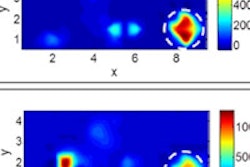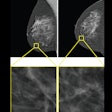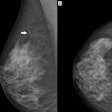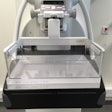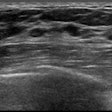Dear Women's Imaging Insider,
In breast imaging, radiologists often encounter "false friends," or benign-looking malignant lesions. What should you do about them? Luckily, Spanish researchers recently discussed just that, providing practical tips and tricks in award-winning work you won't want to miss.
No radiologist wants to undergo litigation but, unfortunately, sometimes it happens. Editor-in-Chief Philip Ward writes about litigation claims in the U.K. and reports chest x-rays, CT, and mammography accounted for two-thirds of the claims. But there are four important lessons to be learned from it all. Read more.
In other news in your Women's Imaging Community, diffuse optical imaging has been proposed as a nonionizing and relatively inexpensive alternative method for detecting breast cancers, including those in dense tissues. Now, scientists have developed a handheld optical scanner with the potential to image breast cancer in real-time.
Speaking of breast cancer screening, much debate exists around what age to start and stop screening. A new study found enough cancers are detected in women older than 75 to make screening in this population worthwhile. This could influence the debate about whether older women should undergo regular screening.
Other stories to read are the following:
- Dutch researchers are using a breast density mapping software package to predict which density patterns are associated with higher rates of tumors found between mammography screenings. The results may help make supplemental breast cancer screening exams more effective for select patients.
- Use MRI for ovarian tumors -- that's the message from Italian researchers who found the modality is an essential problem-solving tool, because it's so efficient at detecting, characterizing, and staging adnexal masses and can have a major impact on patient management.
- Positron emission mammography can detect almost all breast cancer index lesions located within its scanning range without limitations due to tumor size, grade, or histological subtype, according to a Dutch study.
There's more, much more, so head on over to the Women's Imaging Community.
As you know, ECR 2016 is approaching fast. We'll be there -- will you? Any sessions intrigue you? Anything you think we should keep an eye on? As always, I love hearing from you, so keep in touch.






